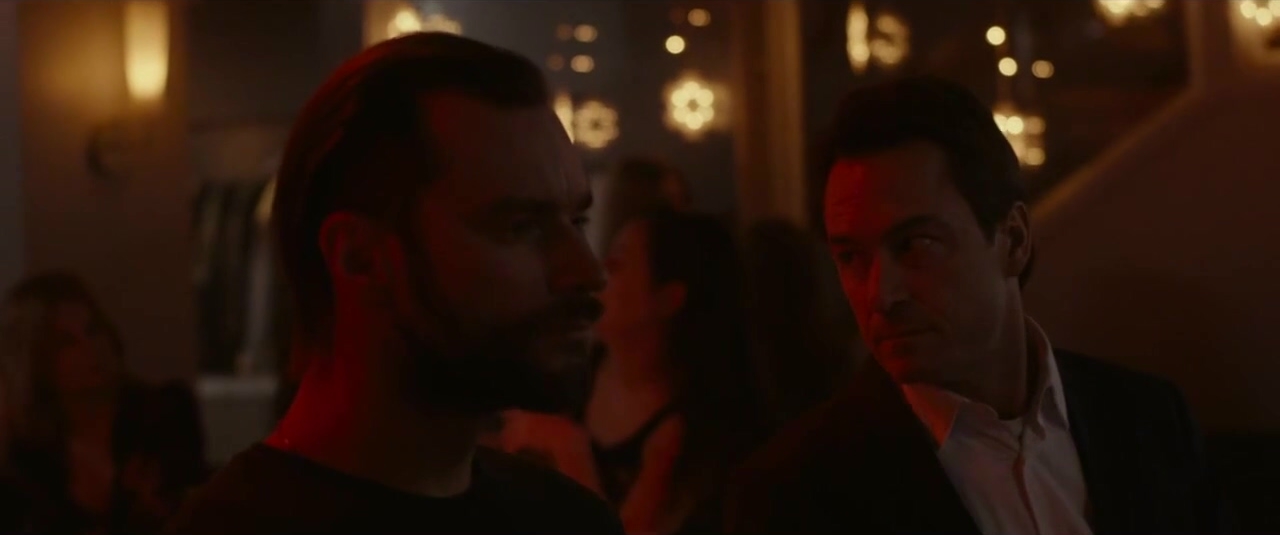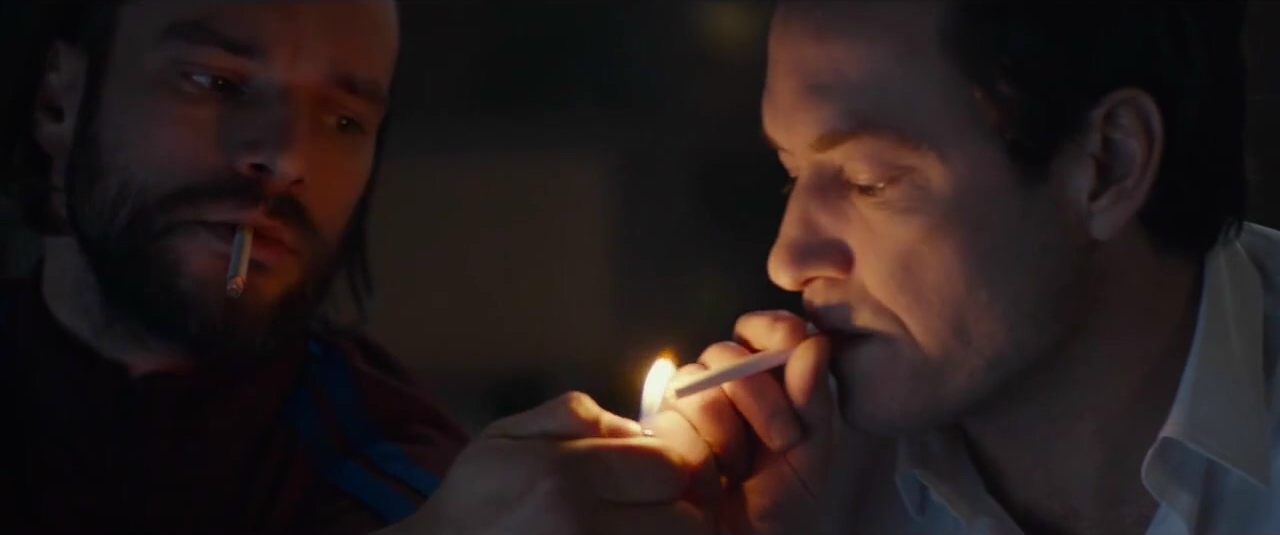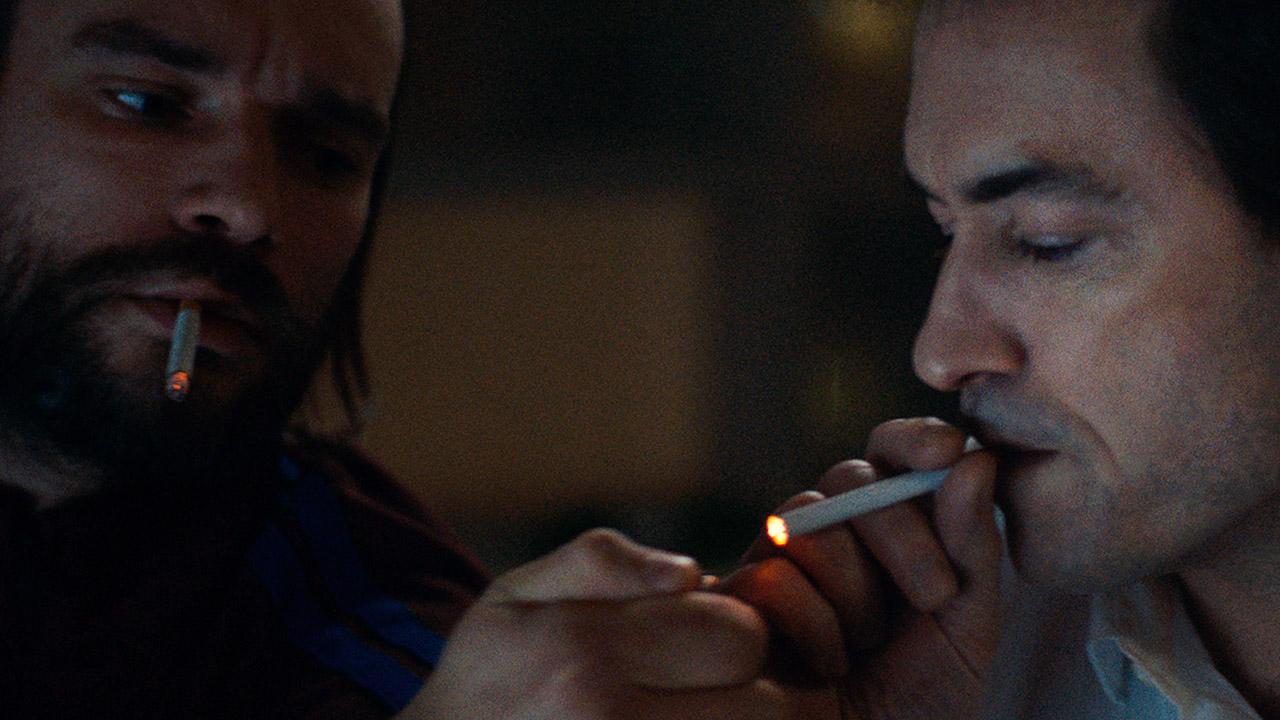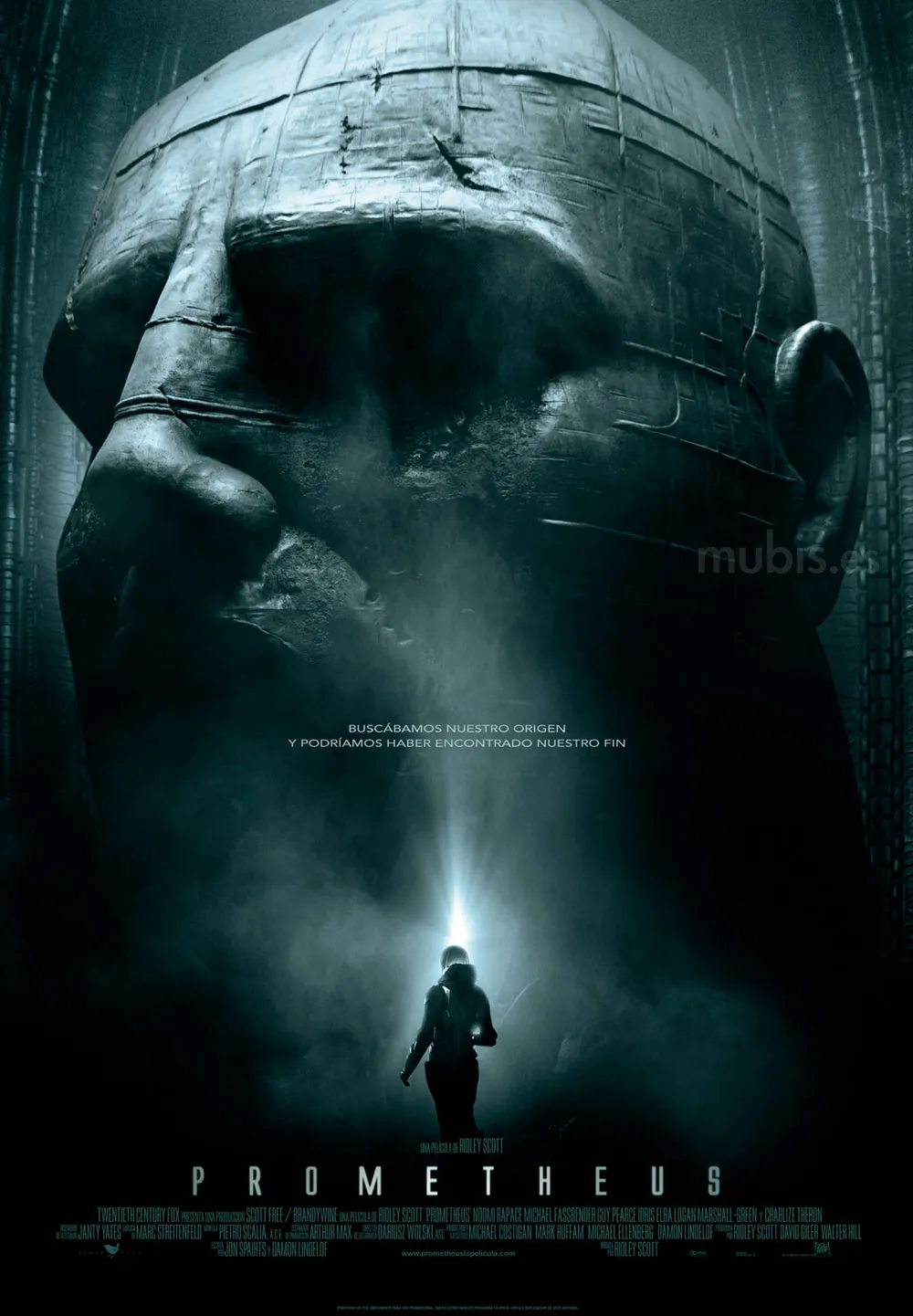👉Full movie at end of the post
The Acrobat centers on Christophe, a middle-aged urban planner, and Micha, a young Russian acrobat recovering from an injury. They meet by chance in an unfinished high-rise during a snowstorm in Montreal. What begins as a brief physical encounter soon turns into a series of secret rendezvous inside the vacant building. These encounters take place in an isolated space disconnected from the real world — a concrete shell under construction — reflecting the emotional and personal limbo the characters inhabit.

Rather than building a conventional romance, the film deliberately avoids backstories and exposition. We know little about the characters’ pasts or motivations. Their physical relationship becomes the primary language of intimacy, confrontation, and discovery. Director Rodrigue Jean strips the narrative of outside distractions, focusing instead on their evolving dynamic: erotic, tender, at times brutal. The film embraces silence, long takes, and real-time interaction, forcing the viewer to sit with the discomfort and vulnerability of their connection.
Thematically, The Acrobat is less about love and more about longing — for connection, for meaning, for escape. The high-rise, cold and sterile, becomes both sanctuary and prison. Outside, both men seem lost in their own lives; inside, they shed layers of identity and control. Christophe, grappling with guilt, grief, or perhaps burnout, finds in Micha a raw, immediate presence that forces him to confront his own emptiness. Micha, meanwhile, remains more enigmatic — possibly symbolic of youth, pain, and unresolved trauma.

The film also plays with power dynamics — age, class, language, and physicality. Christophe is dominant at times, but emotionally fragile; Micha, younger and physically vulnerable, exerts control through silence and distance. The lack of traditional dialogue invites viewers to project their own questions onto the characters. It’s a film that trusts the audience to observe rather than be guided, and this makes the emotional tension more potent.

In the end, The Acrobat is a moody, intimate exploration of human need beneath the surface of lust. It resists resolution or catharsis — instead, it leaves viewers with a lingering sense of transience, like the half-built building where most of the film unfolds. It’s a story of two people who may not fully know themselves but briefly recognize something essential in each other. Bold, unsettling, and poetic, the film challenges conventional narratives about intimacy and emotional vulnerability.



